1. Lighting Candles to Ward Off Spirits
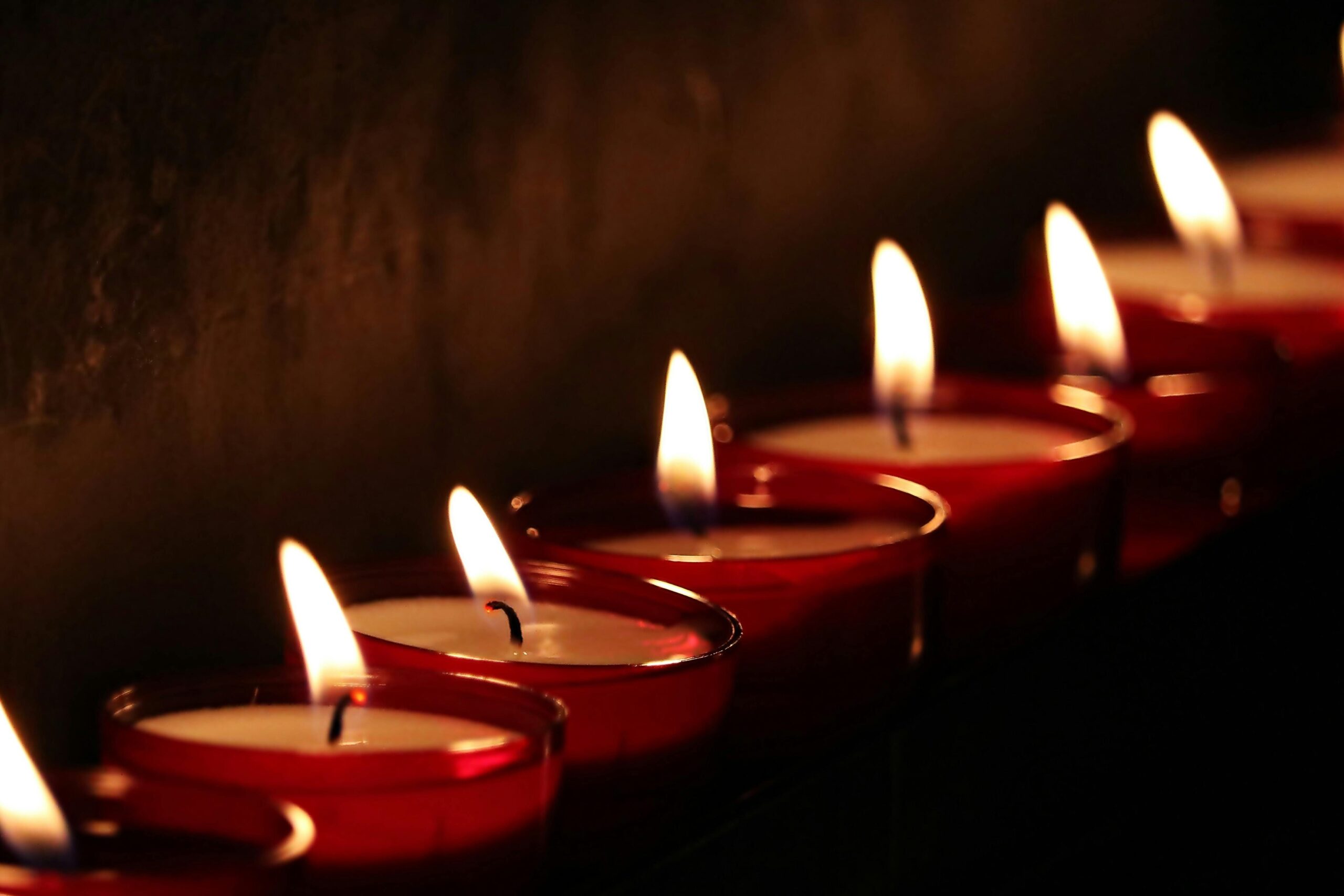
In some parts of Europe, families would light candles in every window of the house once the sun set during the darkest days of winter. It wasn’t just for decoration or warmth, but to keep wandering spirits from settling inside. People believed that ghosts and witches were especially active during the long winter nights. A glowing candle was thought to send them scurrying away.
Parents would tell children that if a candle went out, a spirit might slip through the cracks of the door. So kids would watch the flames closely, feeling a little braver knowing the light was protecting them. It gave a sense of safety in a season that felt mysterious and a bit frightening. For many, it became as comforting as a blanket on a cold night.
2. Knocking on Wood to Keep the Cold Away
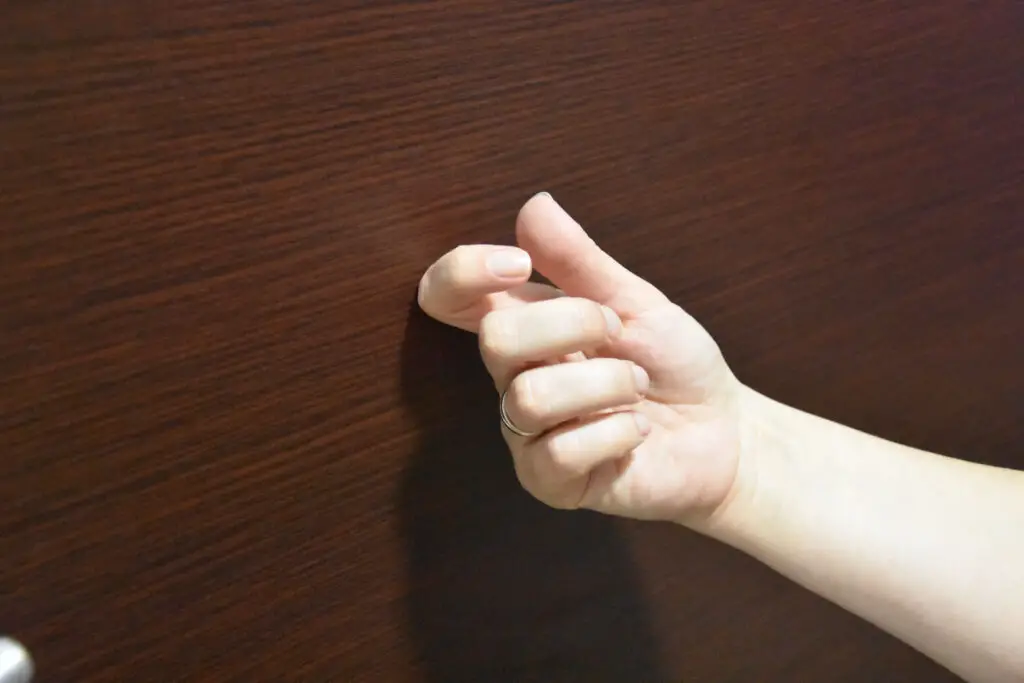
We’ve all heard of “knocking on wood” for luck, but in older winter traditions it had a spooky edge. Families believed evil spirits lurked in bare trees during the cold months, waiting to bring misfortune. Knocking on the trunk was thought to keep them calm, so they wouldn’t follow you home.
At night, some people even tapped on beams inside their houses. Parents might encourage kids to knock before bedtime, telling them it kept frost demons or bad dreams away. It’s a small action, but in a time when winters felt endless and eerie, every little superstition mattered.
3. Burning Yule Logs to Trap Evil
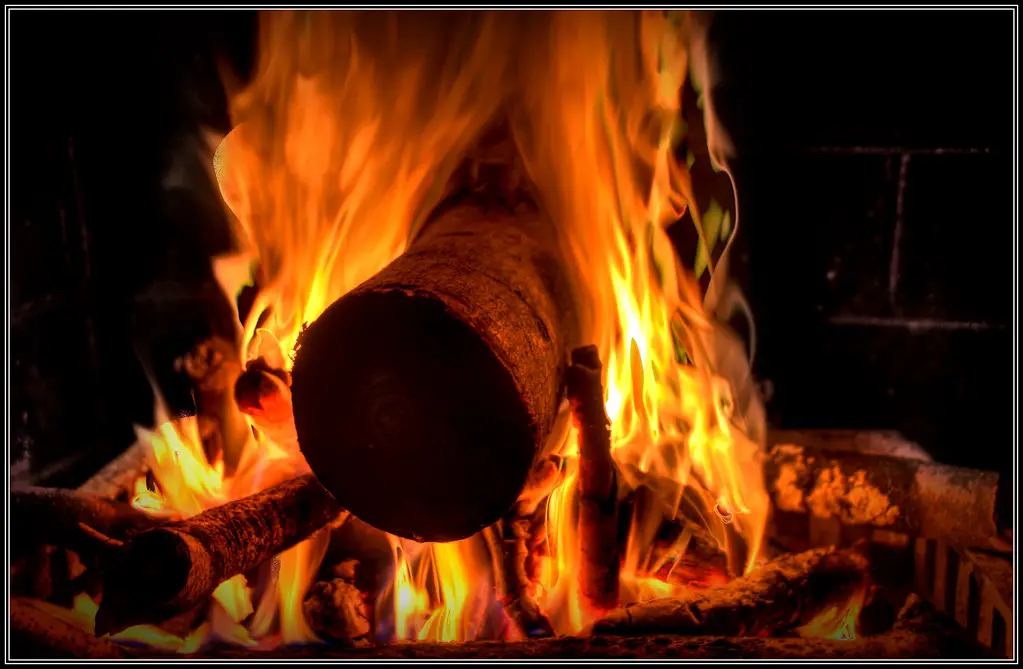
The Yule log wasn’t just a cheerful holiday symbol, it was once thought to keep something much darker at bay. Families would burn a huge log, carefully chosen, and let it smolder for days. The crackling fire was believed to trap evil spirits trying to sneak into the home during the longest nights of the year.
Some traditions even said the log’s ashes had magical powers and could protect against illness or lightning strikes if scattered around the house. Parents would save bits of the log to burn again next year, linking the family’s safety from one winter to the next. What looked like simple coziness was really a ritual of protection.
4. Telling Ghost Stories on Snowy Nights

Long before television and radio, families passed winter nights by telling ghost stories around the fire. These weren’t just fun tales to spook the kids, they were warnings dressed up as entertainment. Parents would share stories of wandering souls who froze in the snow or mischievous spirits who lured travelers off icy roads.
Children huddled under blankets, equal parts thrilled and terrified, learning lessons about caution. In a way, ghost stories were survival guides, disguised as folklore. They kept imaginations alive, but also reminded everyone that winter was a dangerous season if you weren’t careful.
5. Hanging Iron Charms in Doorways
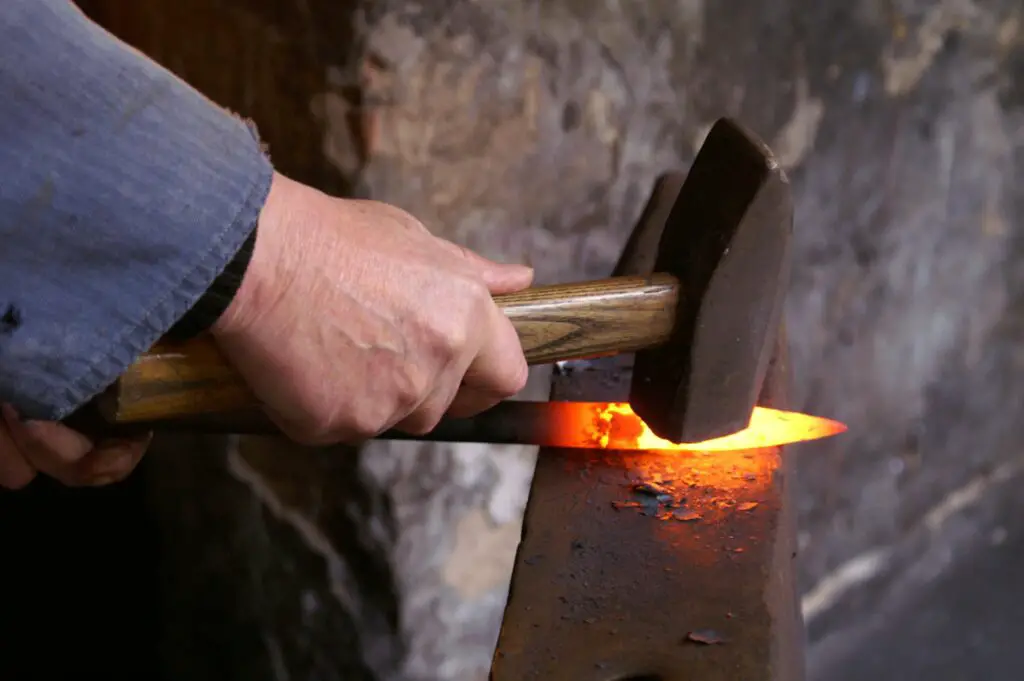
Iron was believed to have protective powers, especially in the harsh winter months. Families often hung iron horseshoes or simple nails near the doorway. They thought it kept witches and wandering spirits from crossing the threshold. When the nights grew especially long, some would even place iron under children’s pillows.
Kids might not understand the superstition, but they liked the idea that their house had a magical shield. For parents, it was a way to feel less helpless against the unknown. It made every creak of the wind outside seem a little less threatening.
6. Tossing Salt Into the Fire

Salt was another wintertime protector. Families believed tossing a pinch into the fire would ward off evil spirits hiding in the smoke. The crackle of salt on burning wood was a reassuring sound, a sign the spirits were being kept at bay.
It wasn’t unusual for children to be handed a little bowl of salt so they could join in. Every sprinkle felt like a small victory against the darkness outside. By the end of the night, the hearth wasn’t just a source of heat, it was the heart of their defense.
7. Whispering to the Wind

On nights when the wind howled around the house, families sometimes whispered charms or short prayers into the air. The belief was that winter winds carried souls of the restless dead. Speaking kindly to them might persuade them to pass by without mischief.
Parents encouraged kids to whisper good wishes or songs toward the windows. It gave children a sense of connection to the natural world, while also taming their fears. The practice turned something frightening into something ritualistic and even comforting.
8. Watching Shadows for Omens
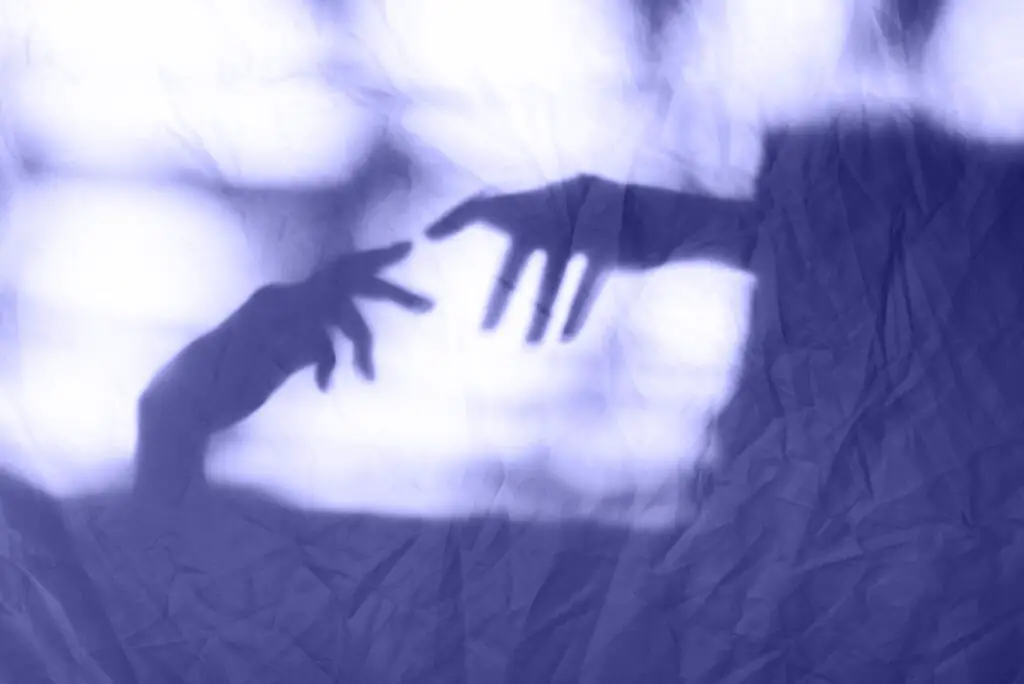
In older households, families believed winter shadows revealed hidden messages. On the longest nights, they would sit by the fire and study how shadows stretched across the walls. A crooked or broken shadow might be seen as a bad omen, while a clear outline meant good fortune.
Kids often made shadow animals with their hands, not realizing they were part of a much older practice. Parents would sometimes hush them and point out a shape that they swore held meaning. It turned the flickering light of a fire into a mysterious form of fortune-telling.
9. Setting Out Food for the Dead
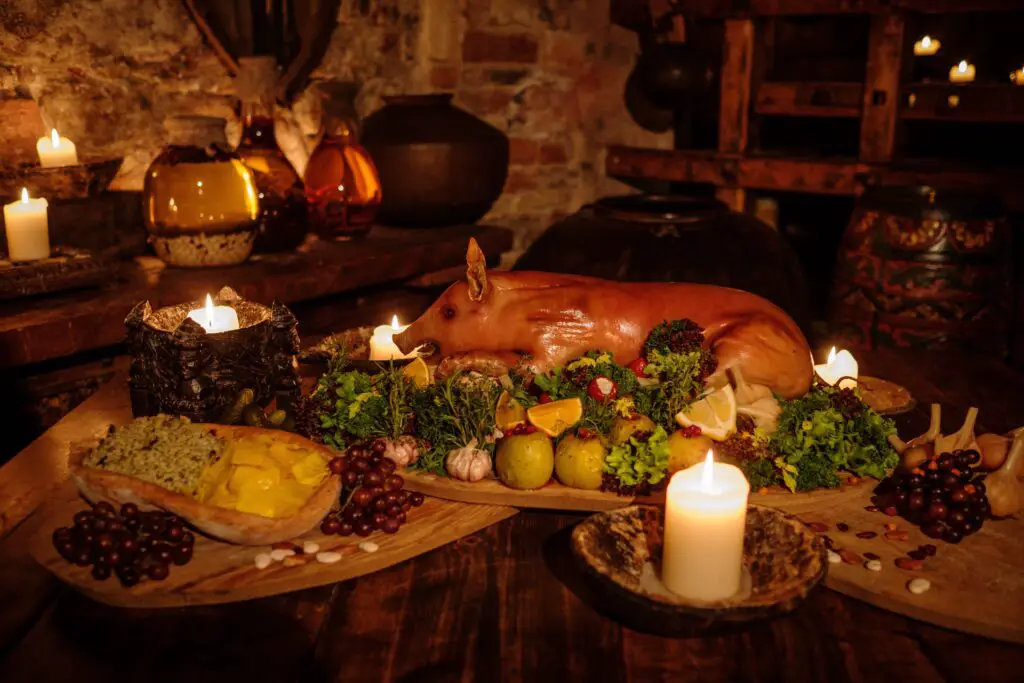
It was common in certain regions to leave a little food on the table overnight in winter, especially during the holiday season. Families believed their ancestors’ spirits visited the home when nights were longest. A bit of bread, milk, or meat left out was a sign of respect.
Children were told not to touch the food, or they might anger the spirits. By morning, if it had gone stale or been eaten by animals, families would say the ancestors had accepted it. It was a way of keeping the dead close, turning fear of ghosts into family connection.
10. Covering Mirrors at Night
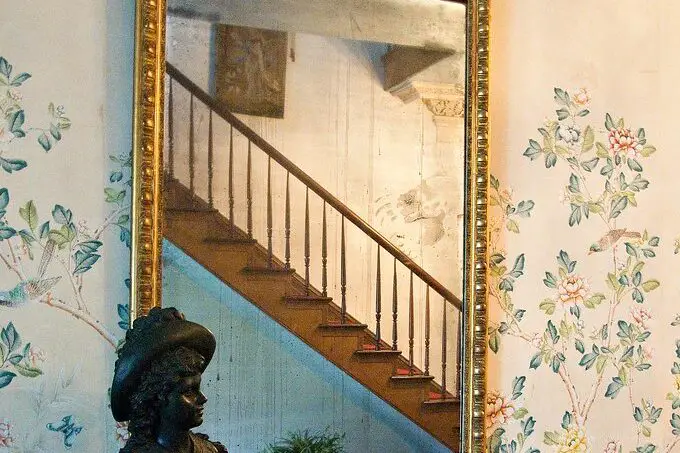
Mirrors were considered dangerous in the dark winter months. Families covered them with cloths when night fell, believing they could act as portals for wandering souls. Leaving a mirror uncovered risked letting something from the other side slip through.
Children often found the practice eerie, but they came to accept it as normal. Some even peeked under the cloth to see if anything strange would happen. The tradition added another layer of mystery to already long and unsettling nights.
11. Knocking Icicles From Roofs
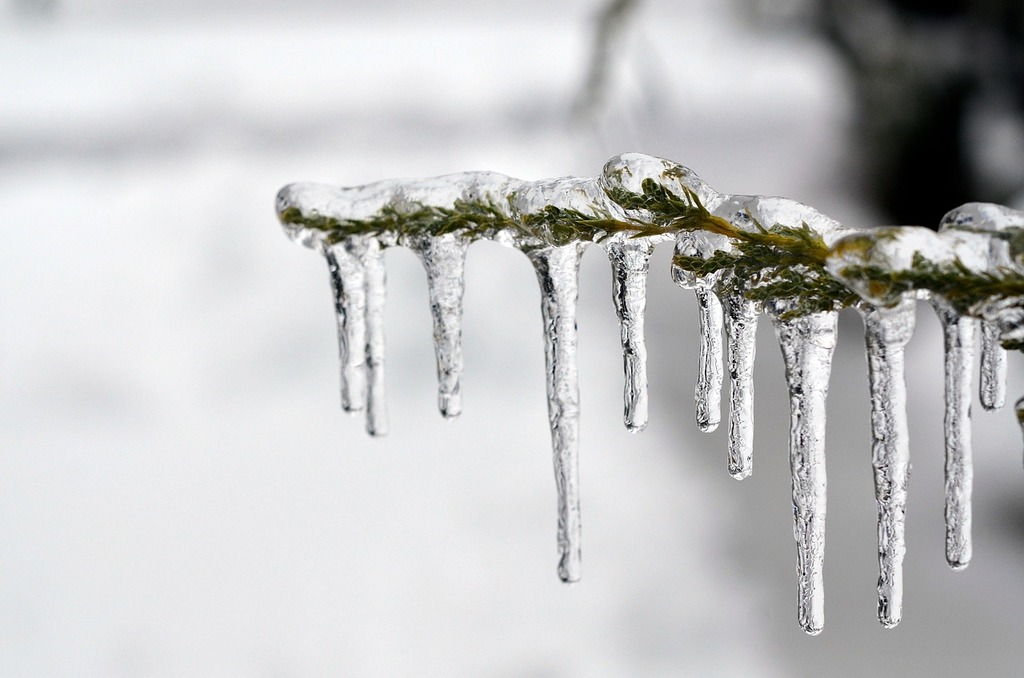
Icicles were beautiful, but families once thought they carried dark omens. A long, sharp icicle hanging above a doorway could mean a spirit was trying to pierce its way into the home. Knocking them down wasn’t just practical for safety, it was a ritual to keep evil away.
Kids loved the chore, treating it like a game. Parents framed it as protection, explaining that every icicle broken was one less ghost trying to sneak inside. The sparkle of ice in the snow turned into a reminder of unseen dangers.
12. Leaving Shoes by the Door

Before bedtime in winter, some families left shoes at the front door, not just for holiday gifts but to confuse wandering spirits. The belief was that ghosts would try to follow a person’s path inside. Seeing shoes at the threshold tricked them into thinking the house was already occupied.
Children enjoyed lining up their boots, secretly hoping for small surprises in the morning. Parents may have encouraged it for both fun and superstition. It was a simple trick, but one that made families feel safer while snow piled up outside.
13. Telling the Bees the News

Even in winter, families with beehives would “tell the bees” important news. It was believed that if bees weren’t kept informed, they might abandon the hive or bring misfortune. During the darker months, people whispered updates or seasonal greetings to the hives, often through cloth wrappings.
Kids thought it was strange, talking to creatures asleep under the snow. But it kept alive the idea that everything in nature was connected to their fortunes. The buzzing of bees in spring felt like proof the winter rituals had worked.
14. Ringing Bells at Midnight
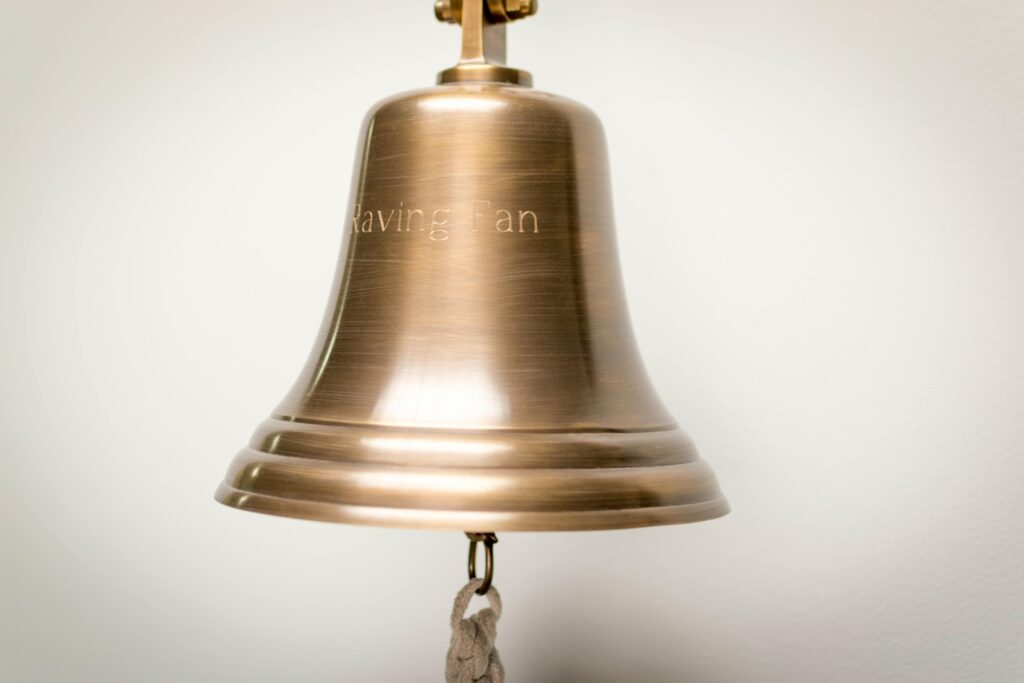
On certain nights, families rang small bells indoors to chase away bad spirits. The ringing was said to scare off ghosts that grew bold in the darkest season. It also made sure that positive energy would fill the house before a new day began.
Children loved the chance to join in, shaking little handbells with glee. Parents believed the sound cleared the air of any lurking negativity. The ritual gave people a way to actively fight back against unseen winter fears.
15. Watching for Animal Signs

Families once paid close attention to animals in winter, believing their behavior revealed supernatural warnings. A dog howling at night might mean a spirit was near, while a bird tapping on the window could signal an omen. Parents passed these interpretations down as both caution and tradition.
Children grew up listening for sounds in the snowy stillness, trying to decode their meanings. Every bark or flutter felt like part of a secret winter language. It gave the season a sense of magic, where even the smallest creatures seemed tied to the mysteries of the dark.
